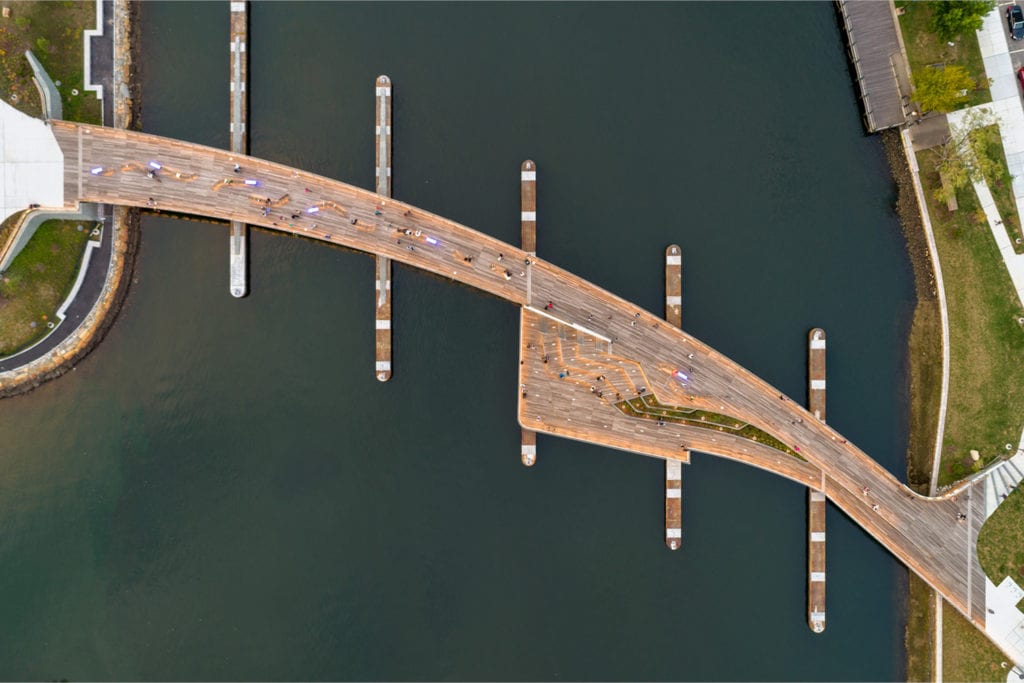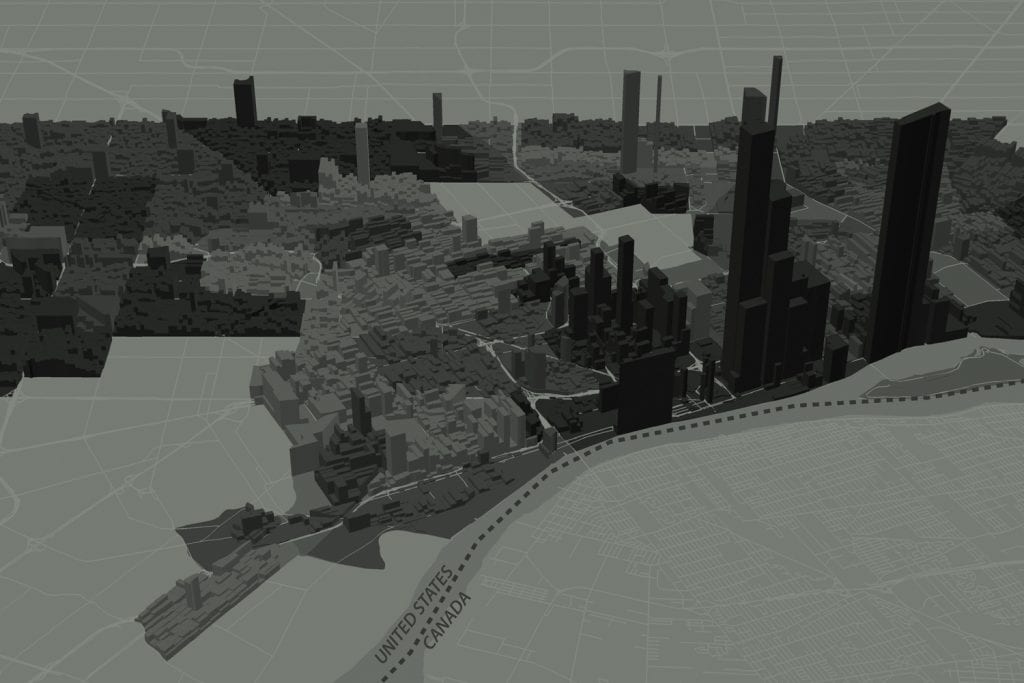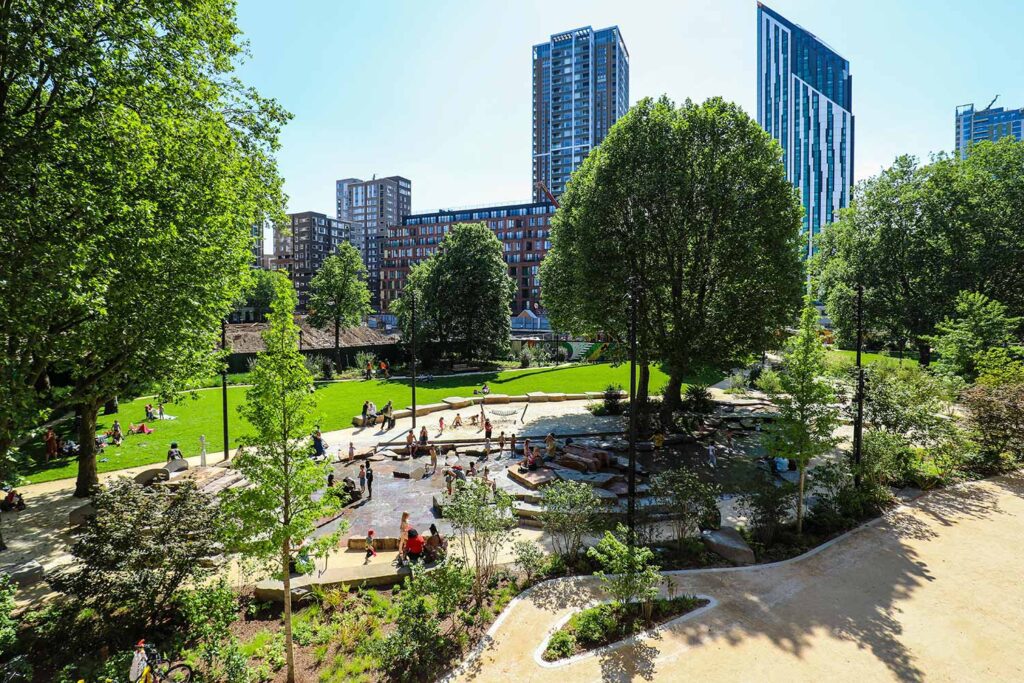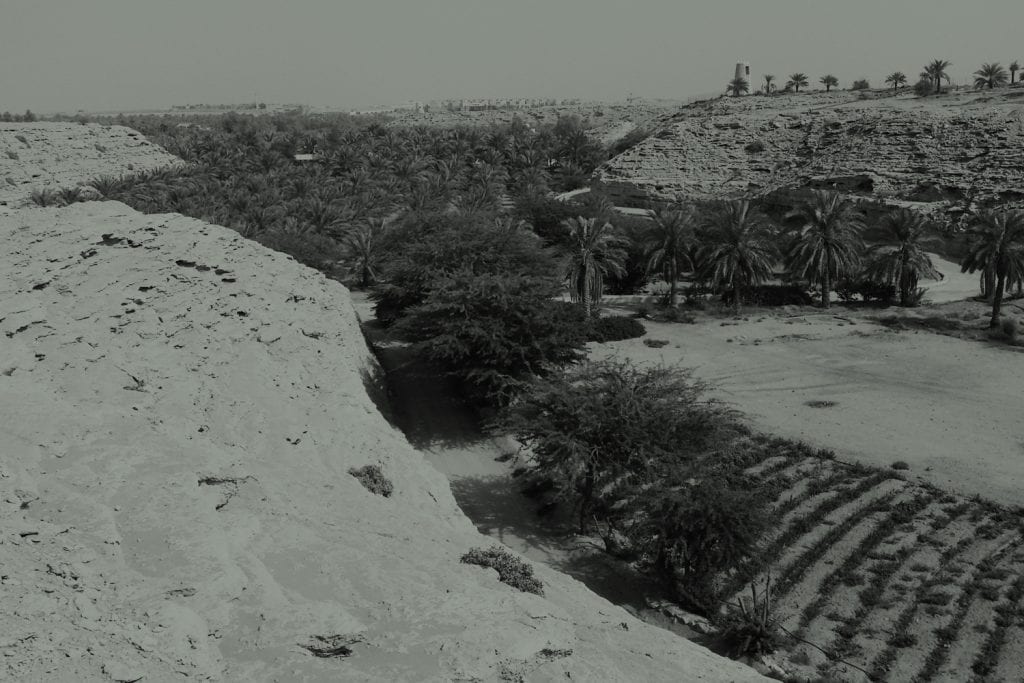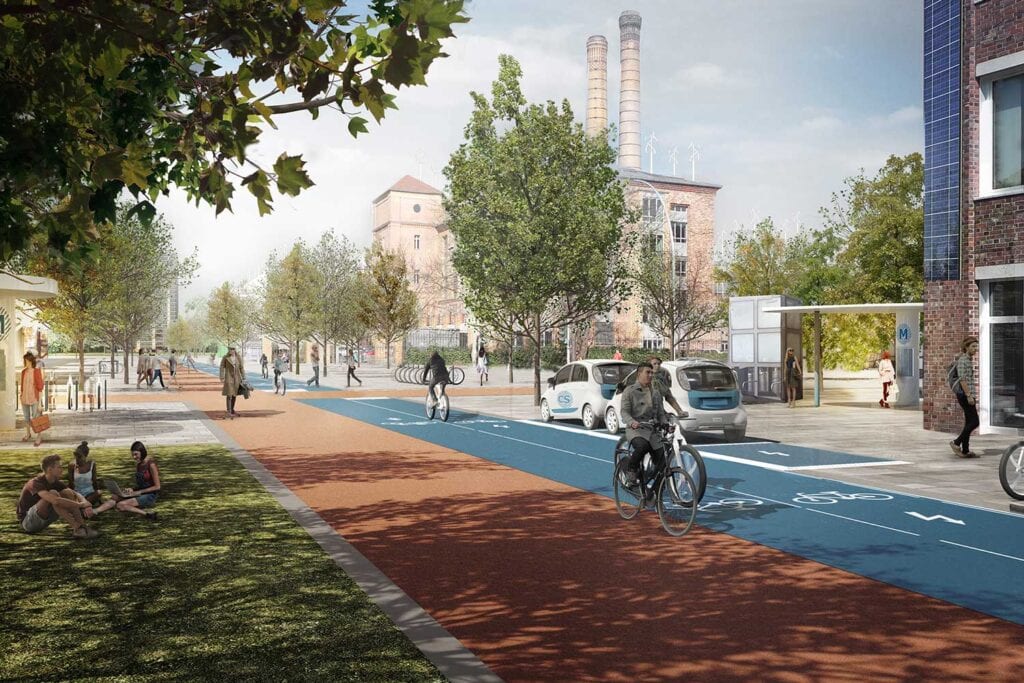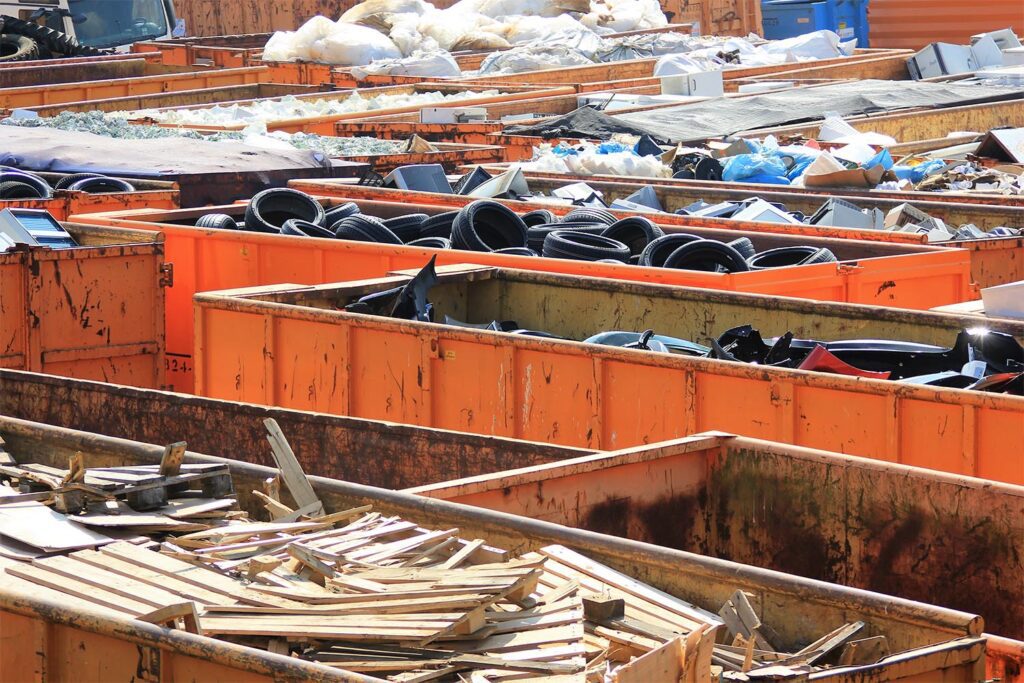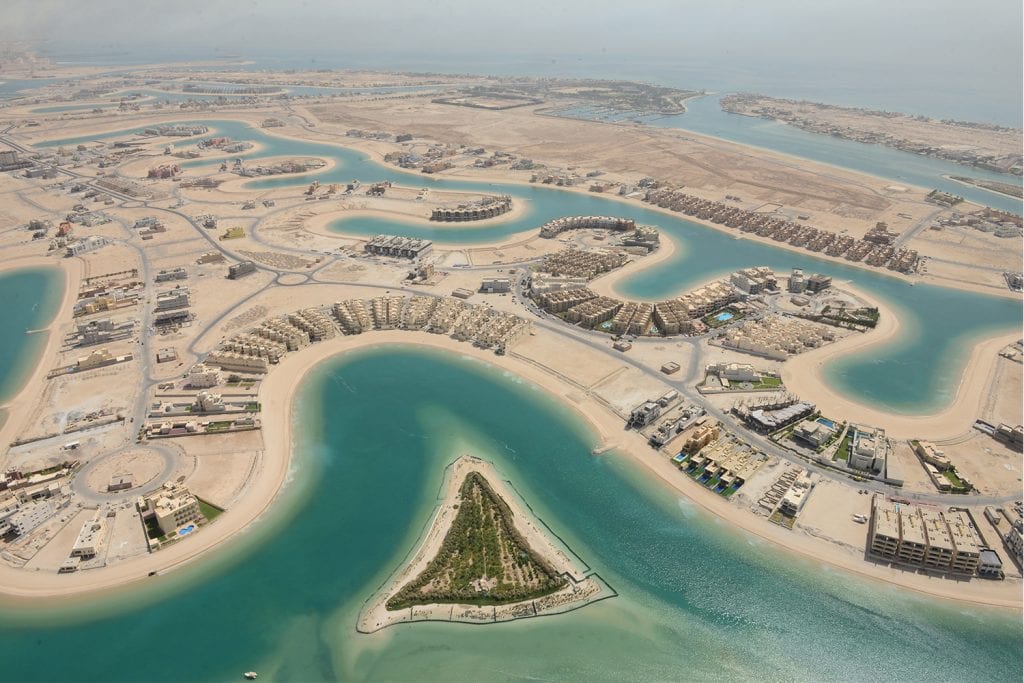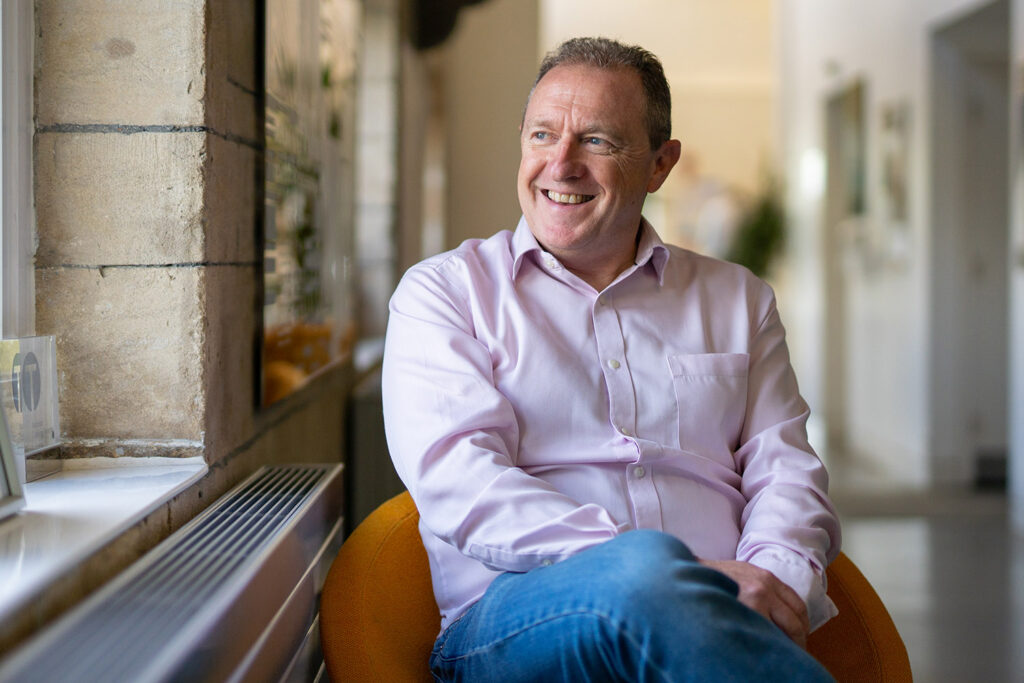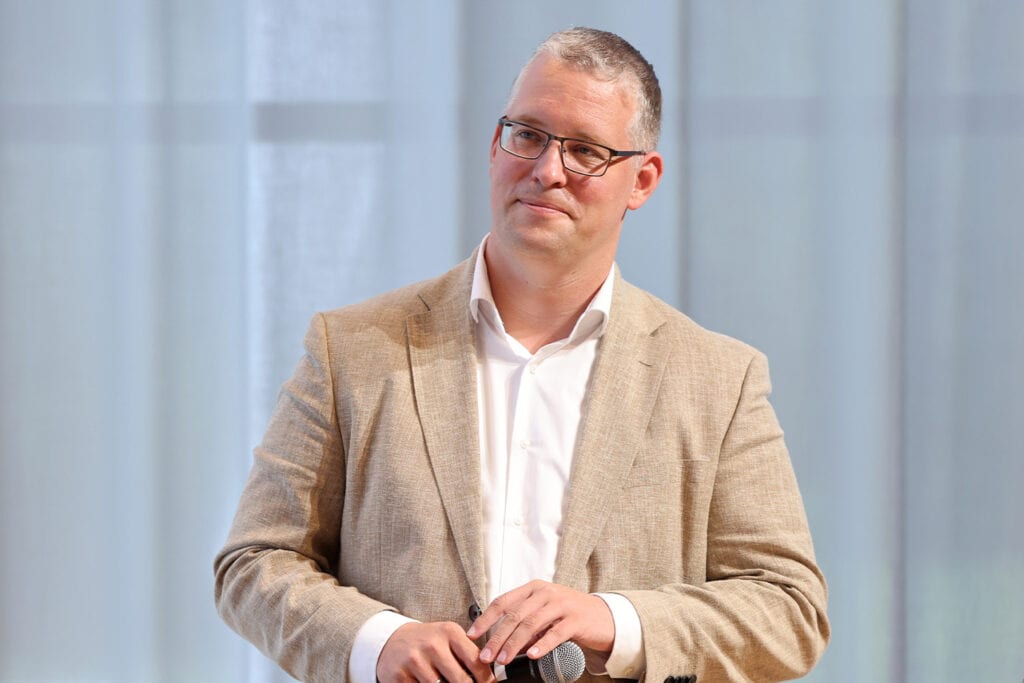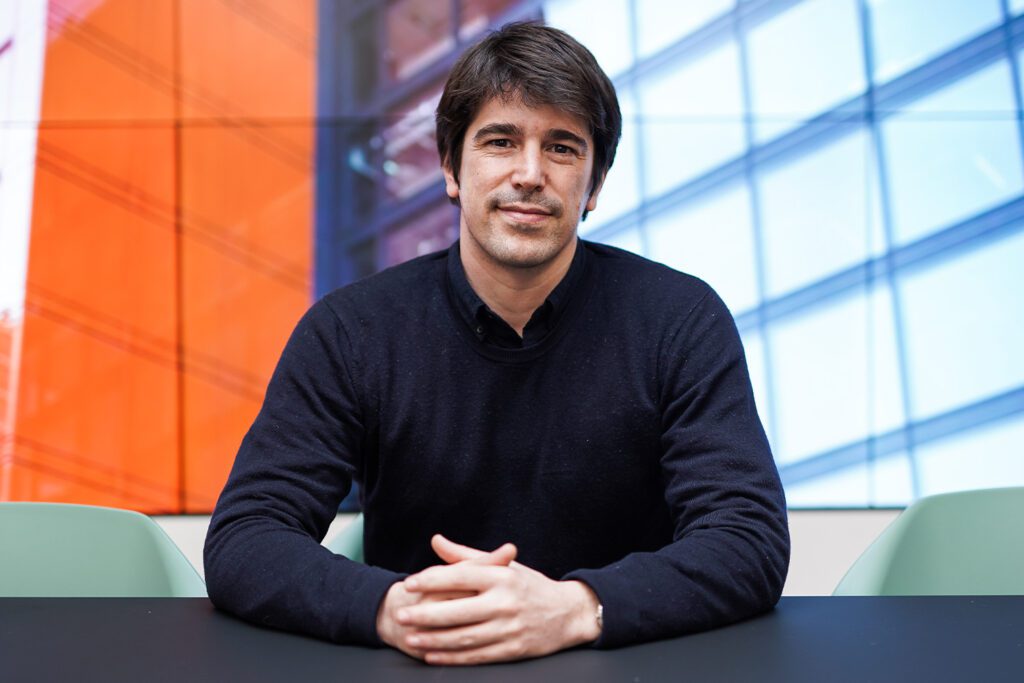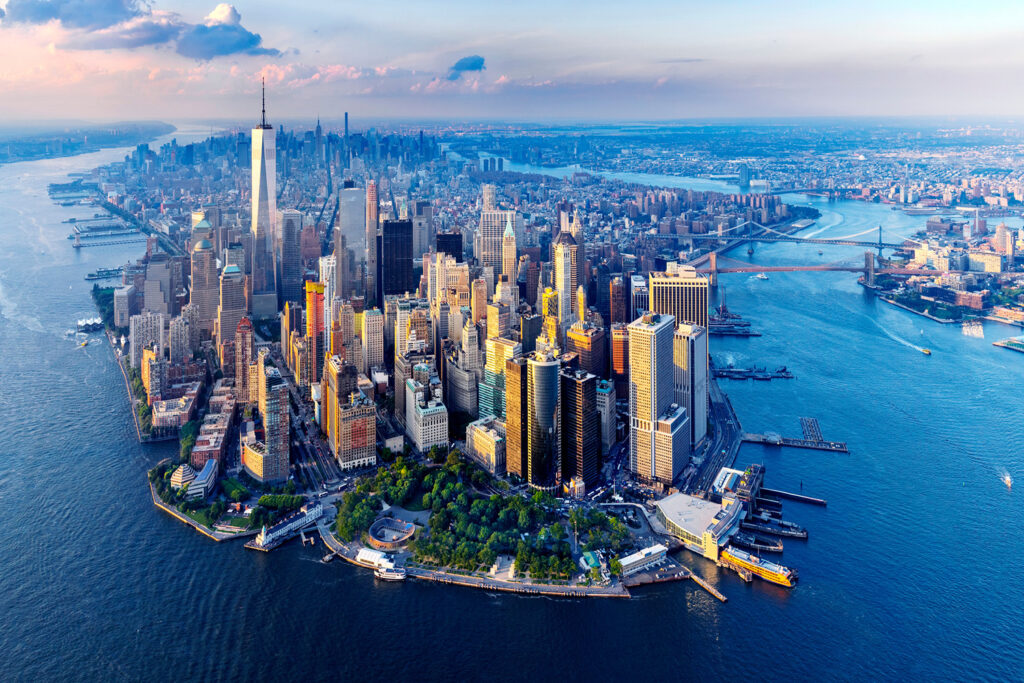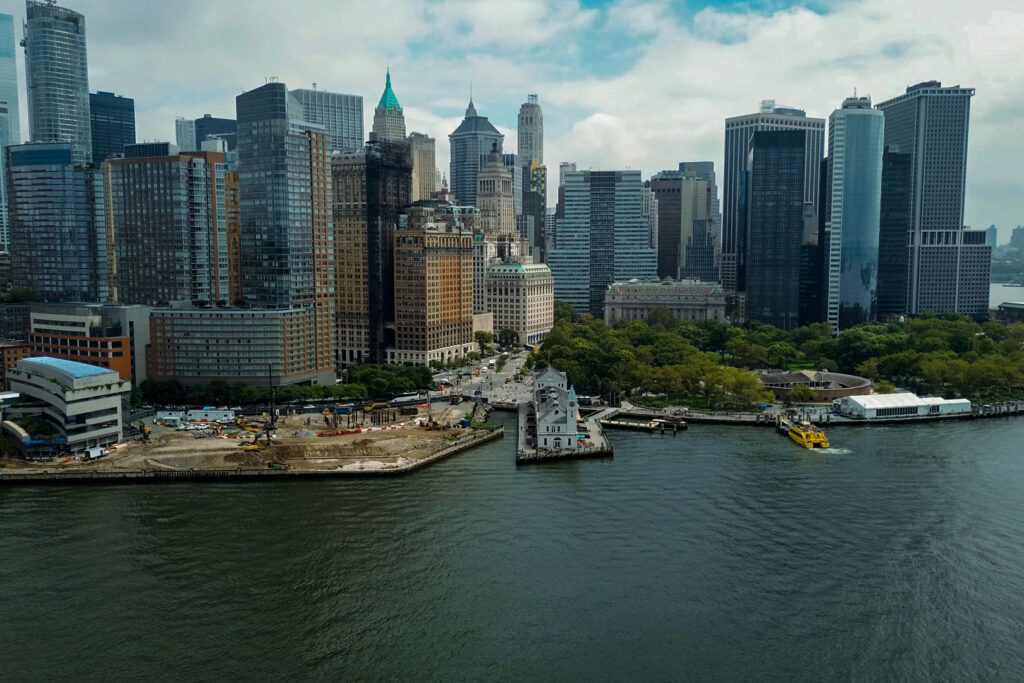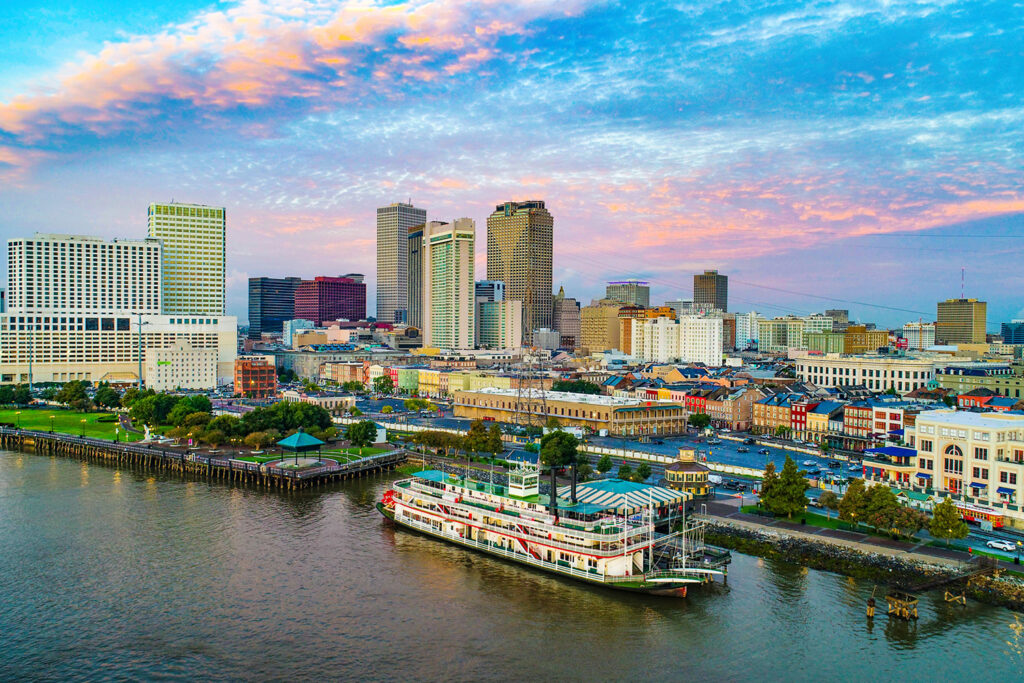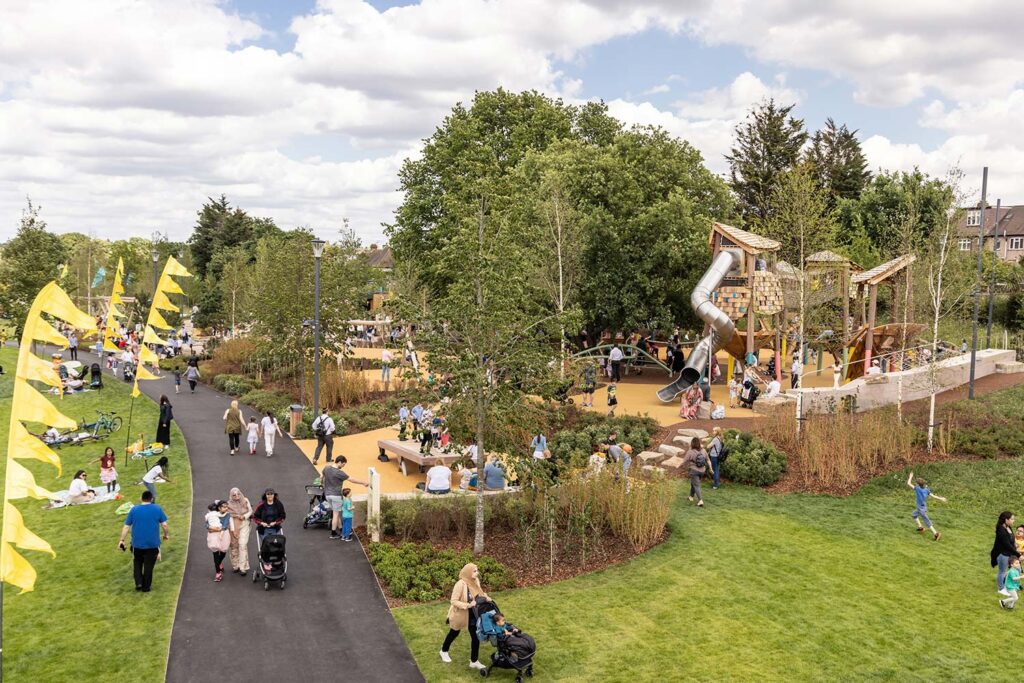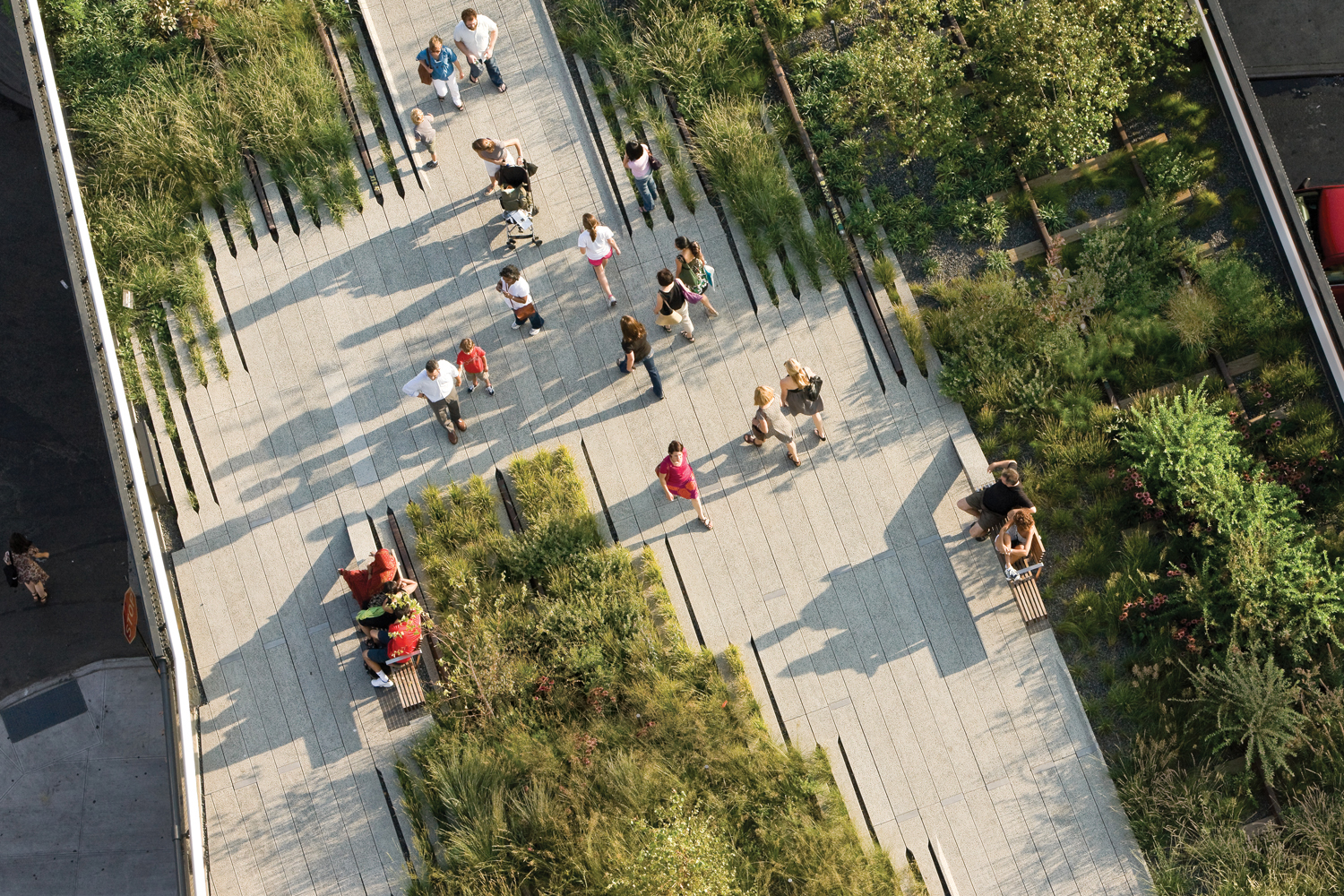
Are you undertaking a complex urban transformation project, whether at regional or city level, or at city block scale, or in the spaces that make up the fabric of the city? Tackling a wide range of technical challenges, our work has unlocked major regeneration projects in cities around the world.
Our work is characterised by an outcome-based approach to urban development, integrating the input of experts across a range of specialists. Our strategic planners and economists assist with creating a vision and developing strategic briefs. Our technical experts understand any site’s constraints and work with urban and landscape designers to create a resilient infrastructure framework, and guide applications through the planning system.
Areas of expertise
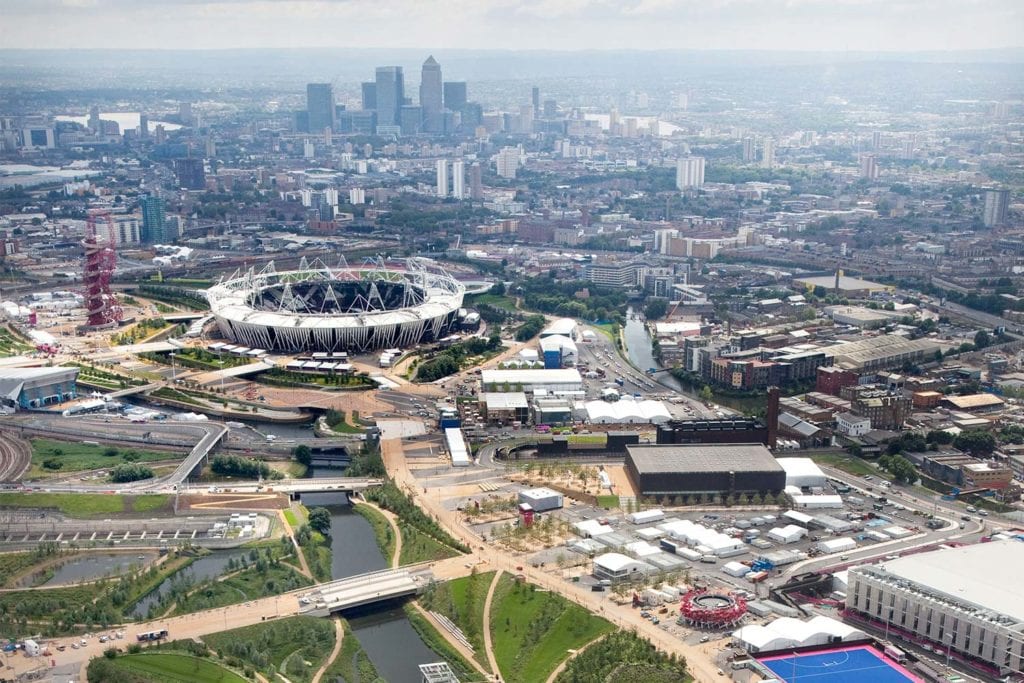
Breathing new life into former industrial sites
We can help you breathe new life into a former industrial site. Buro Happold’s work on the Queen Elizabeth Olympic Park has seen the transformation of a contaminated site, firstly into the home of the world’s greenest and most accessible Olympics, and now into its vibrant Olympic legacy mode, with new neighbourhoods, a football stadium, a high-tech incubator hub, and the Stratford Waterfront cultural and educational district.
Our urban regeneration specialists are also transforming underutilized urban infrastructure, such as railways, bridges and man-made waterways, for the 21st century. Find out more about our work to renew ‘Stranded Assets’
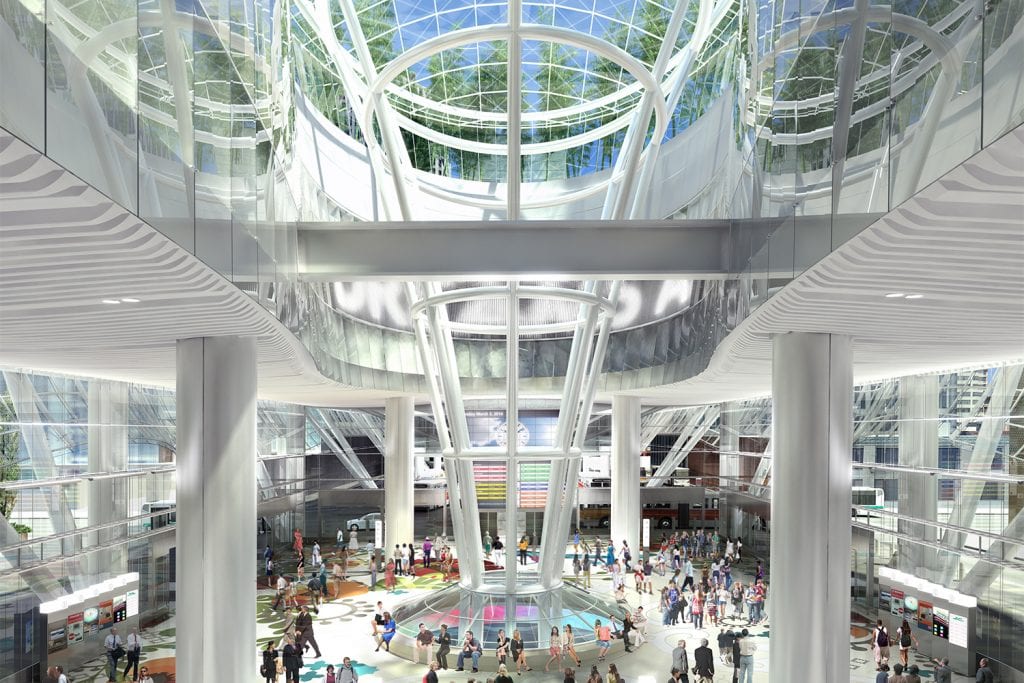
Transit-oriented developments
Developments based around new transport hubs are a particular specialism – dense mixed use developments based around transit hubs that provide homes and employment, retail and facilities.
They deliver increased revenues to the transport provider, and enhanced connectivity to the community. Vibrant new districts include Transbay, San Francisco and Battersea, London.
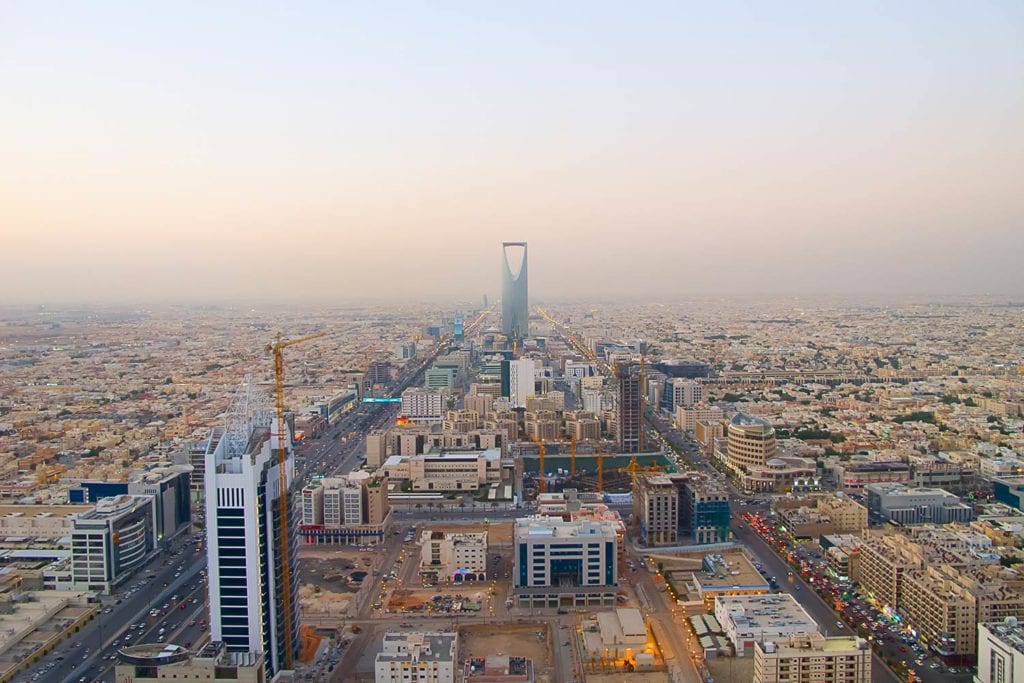
New districts and cities
Working with civic leaders we are helping to plan and design new districts and cities that will shepherd in a new, more sustainable approach to urban living, such as the King Abdullah City for Atomic & Renewable Energy (KA-CARE) and the 75ha Tun Razak Exchange (TRX) financial district in Kuala Lumpur. On Detroit Future City and Future Riyadh we have helped city leaders to examine and overcome the obstacles in the way of their vision.
Our specialist services for urban environments
Project highlights
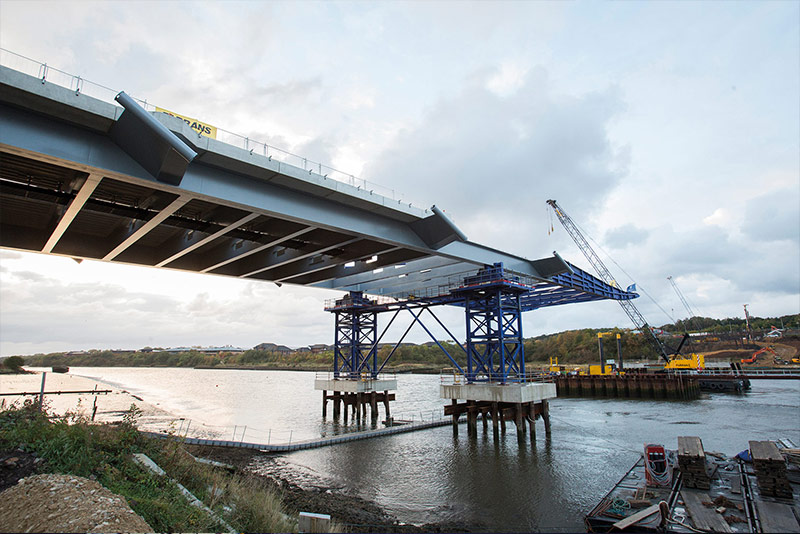
Design ingenuity creates a landmark link for communities
Northern Spire
Forming a major part of the regeneration of the North East, Northern Spire is the first road bridge to be built in Sunderland for more than 45 years. A key part of our work involved developing an innovative construction method that includes an incremental deck launch and roll up of Northern Spire’s main pylon. This approach allowed off-site manufacture of the bridge steelwork, which was then delivered by sea to the Port of Sunderland. The pylon was transported as a single, 100-metre-long, steel element, standing in its final position at 105 metres high.
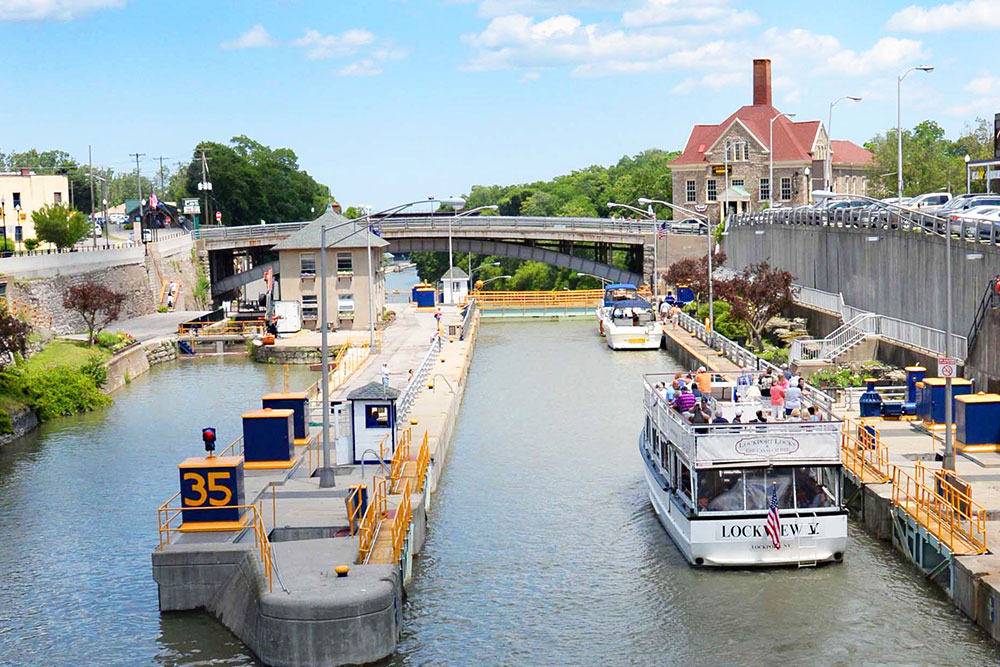
Planning for future stability and financial sustainability
Reimagine the Canals Competition
The New York State Canal System is a 524-mile network comprised of the Erie Canal, the Oswego Canal, the Cayuga-Seneca Canal and the Champlain Canal. Earlier this year, the New York Power Authority (NYPA) assumed control of the Canal System from the New York State Thruway Authority and initiated a strategic planning process to assure the long-term vitality of the canal system. As part of this process, NYPA and the New York State Canal Corporation engaged Buro Happold to run the Reimagine the Canals Competition and help develop a strategy for the future of the New York State Canal System. The competition was envisioned to seek bold ideas for infrastructure projects and programming initiatives that foster economic development and tourism, promote the canal system’s heritage, and improve its financial sustainability.
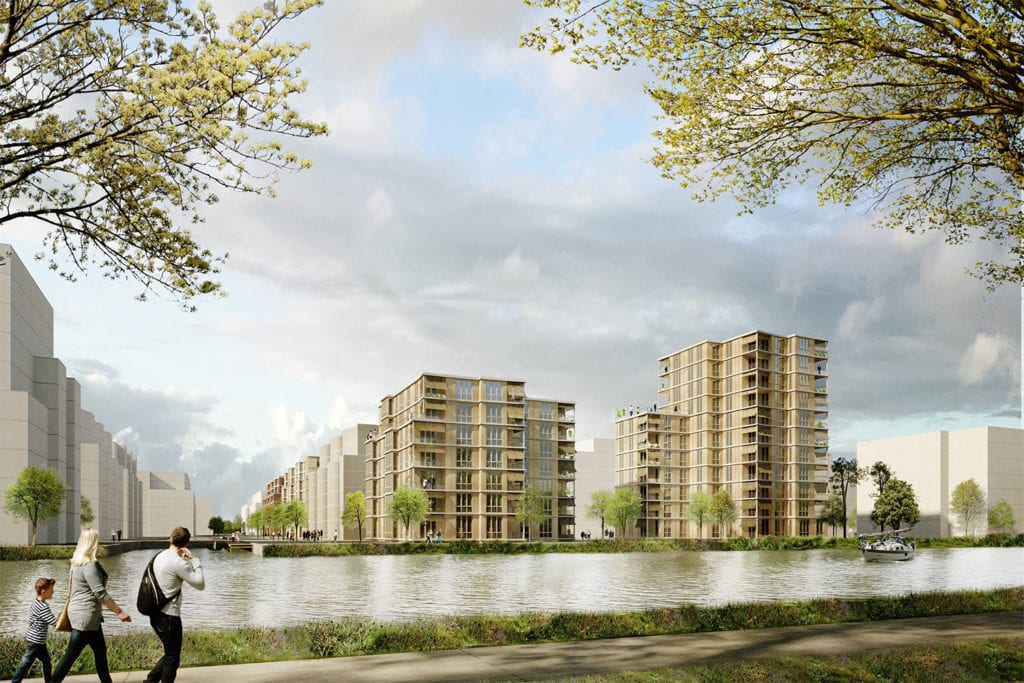
Sustainable thinking key to urban design masterplan
The New Gartenfeld
The urban design specialists worked on an exceptionally ambitious residential masterplan on an island in Berlin that aims to serve as a blueprint for urban design for the 21st century. Our vision has transformed the isolated nature of the island into a strength by reducing resource flows between the site and the external environment, and creating an autonomous, self-sufficient masterplan.
The development will feature small, flexible heating networks with an emphasis on renewable energy, a high quality neighbourhood ICT platform, and a pneumatic waste disposal system. Sustainable principles are embedded throughout; 100% of stormwater will be reused, and 60% of the buildings will have green roofs.
The mobility strategy was the greatest challenge for the team as the site has no existing public transport links but will be totally car free. Our engineers have developed a concept for an autonomous public transport loop for the island, with two mobility hubs connecting the site to the wider city public transport network.
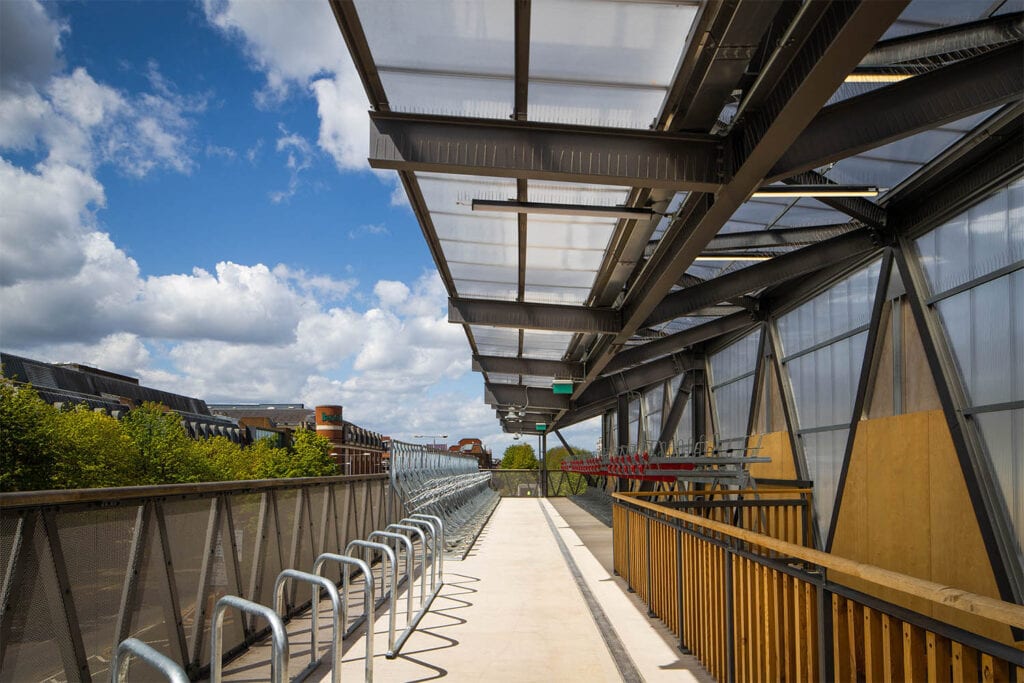
A gateway to invite slower and more sustainable, healthier modes of travel
GoCycle: Kingston Station
Buro Happold was commissioned to upgrade the forecourt at Kingston Station, with a focus on improving facilities for cyclists and pedestrians in an area otherwise dominated by vehicles. Our team developed a vision defining how the station area might act as a gateway for multiple user groups to different areas of the town and beyond. The resulting design included improved connections to the River Thames via a new pedestrian and cycle bridge, improved wayfinding into the town and provision for up to 700 cycles in a new facility adjacent to the station.
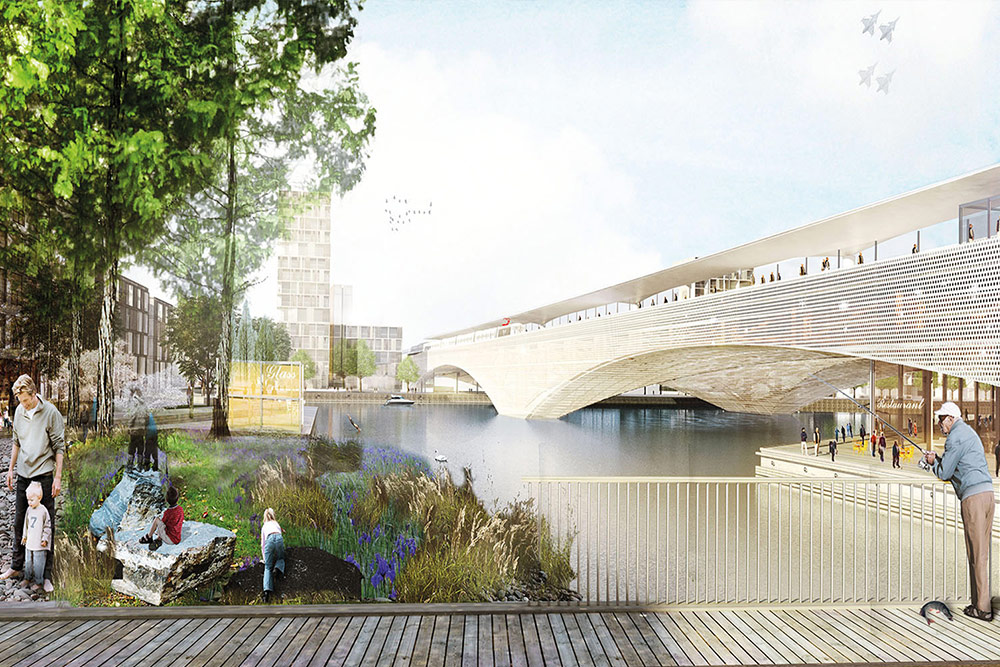
Future vision: city expansion designed to link communities
Åstad Linköping
Buro Happold designed a winning concept for the delivery of Linköping’s urban development project. As part of the 2030 vision, it incorporates an extension of Linköping’s city centre and the development of a high speed rail interchange. The new sustainable urban centre will be complete with mixed land use, new building volumes and the positioning and scaling of a railway station. Other planned developments include public parks, piazzas, streets, footpaths, cycle paths and new recreation spaces around the Stångån river.
The inner-city developments will use a combination of decentralised combined heating, power systems, and renewable energy sources to provide efficient distribution systems – maximising efficiency and contributing towards a zero carbon environment.

Setting the highest green standards in urban design
Neu Schöneberg, Berlin
The site, formerly a railway yard, is a new urban neighbourhood that, when completed, will consist of 300 apartments, retail units, a nursery and a fitness centre. Buro Happold worked closely with the developer and design team to develop a plan for the new urban district, delivering a masterplan, sustainability strategy and urban district certification.
The development’s park location, superb infrastructure connection, and the addition of public courtyards ensure a peaceful, green escape within the urban realm. To achieve the DGNB certification, the masterplan incorporated a progressive energy concept using a central Combined Heat and Power (CHP) system, renewables and waste water heat recovery.
Our progressive energy concept has resulted in a 60% reduction in CO₂ for the entire project
Thomas Kraubitz Associate, Buro Happold
